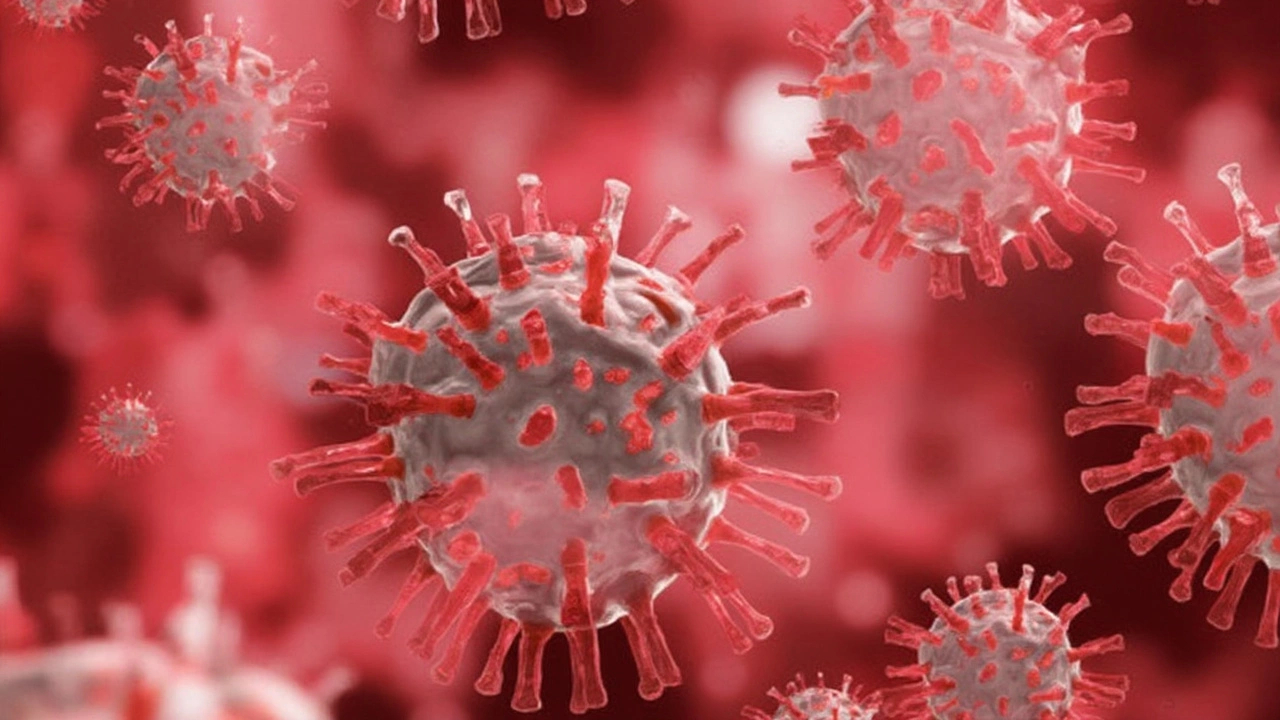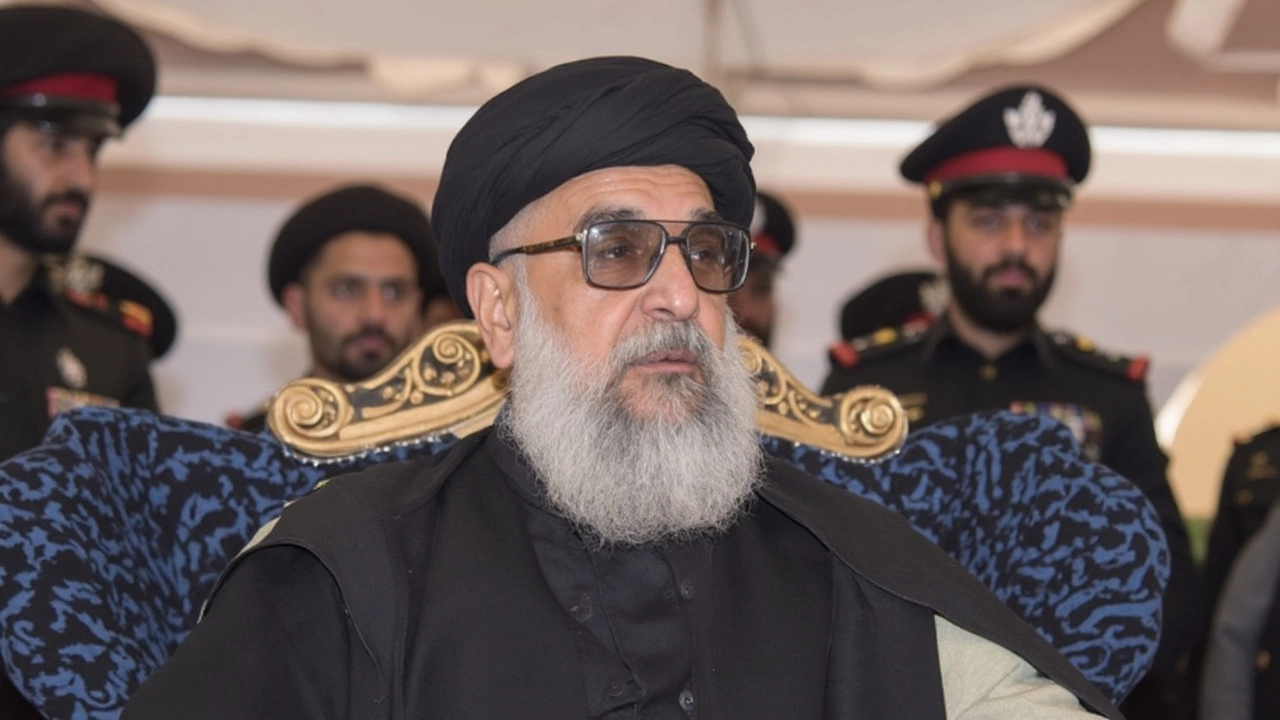India Shines on International Women’s Day 2025 as Global Push to Accelerate Gender Equality Intensifies
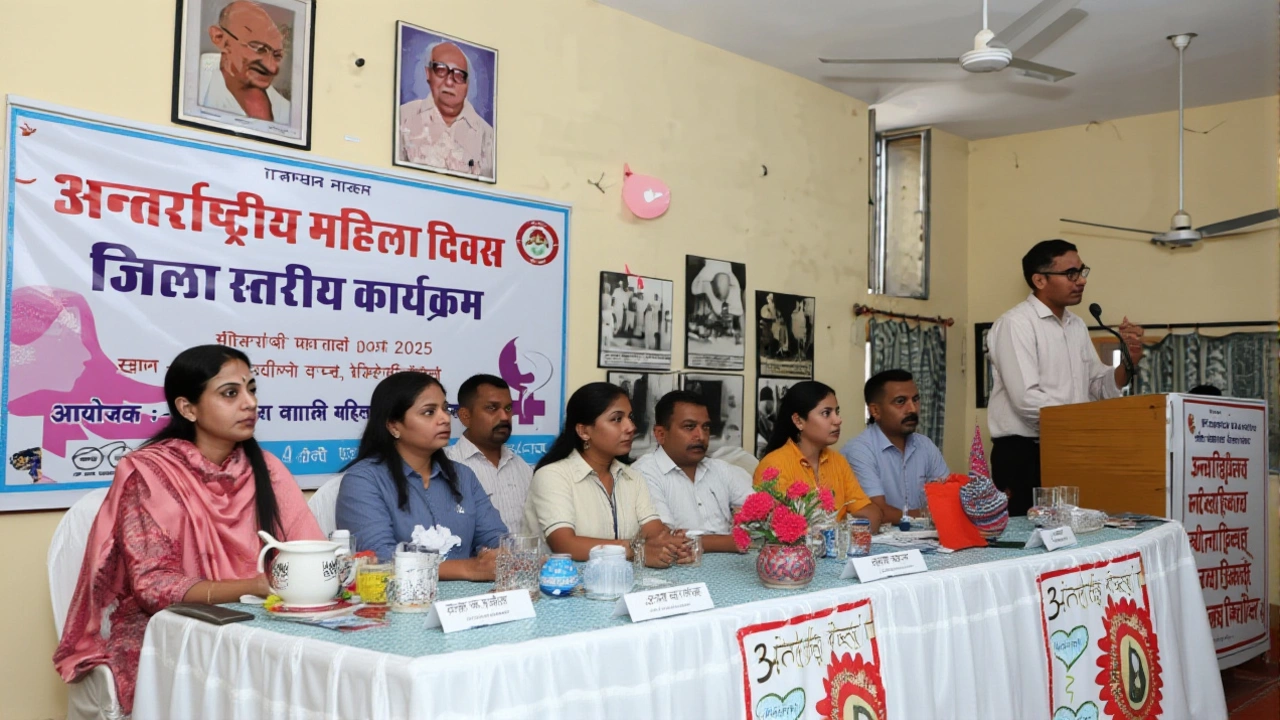
On Saturday, March 8, 2025, the world will mark International Women’s Day 2025 with a renewed urgency — not just to celebrate progress, but to demand faster change. Under the unifying theme "For ALL Women and Girls: Rights. Equality. Empowerment," the day commemorates the 30th anniversary of the landmark Beijing Declaration and Platform for Action, while spotlighting the stark reality: at the current pace, full gender parity won’t arrive until 2158. That’s not a typo. Five generations from now. And in India, a landmark event is setting the tone for global action.
A Spotlight on India: Leadership at the Forefront
In New Delhi, the Ministry of Women and Child Development is hosting "A Spotlight on India," a high-profile gathering that brings together national leadership and global voices. Droupadi Murmu, President of India, will deliver the keynote — a rare and powerful signal that gender equity is no longer a side issue, but central to national development. Joining her are Union Ministers Annpurna Devi and Arjun Ram Meghwal, alongside Anna Bjerde, Managing Director of the World Bank. The day’s agenda isn’t ceremonial. Four sessions are designed to cut through rhetoric. One focuses on financial inclusion — how digital literacy and access to capital can lift millions of women out of informal labor. Another features women in STEM, business, and healthcare who’ve shattered glass ceilings in spaces still dominated by men. These aren’t token appearances. They’re blueprints. As one participant put it: "We don’t need more awards. We need more seats at the table — and the power to change the rules."Global Momentum: UNDP’s Quiet Revolution
While India’s event draws headlines, the real engine of change is unfolding quietly across 170 countries. The United Nations Development Programme, under Administrator Achim Steiner, reported in 2024 that its programs helped 137 million women access essential health and education services, enabled 139 million to open bank accounts or access credit, and supported 140 million women in participating in elections — from village councils in Nigeria to national parliaments in Canada. These aren’t abstract numbers. They’re lives transformed. A woman in Bihar who got a digital loan to start a tailoring business. A girl in rural Nepal who voted for the first time after a UNDP-backed civic education drive. A mother in Kenya who accessed maternal care because a mobile health unit reached her village. The UN System-Wide Gender Equality Acceleration Plan (GEAP) is turning data into dignity.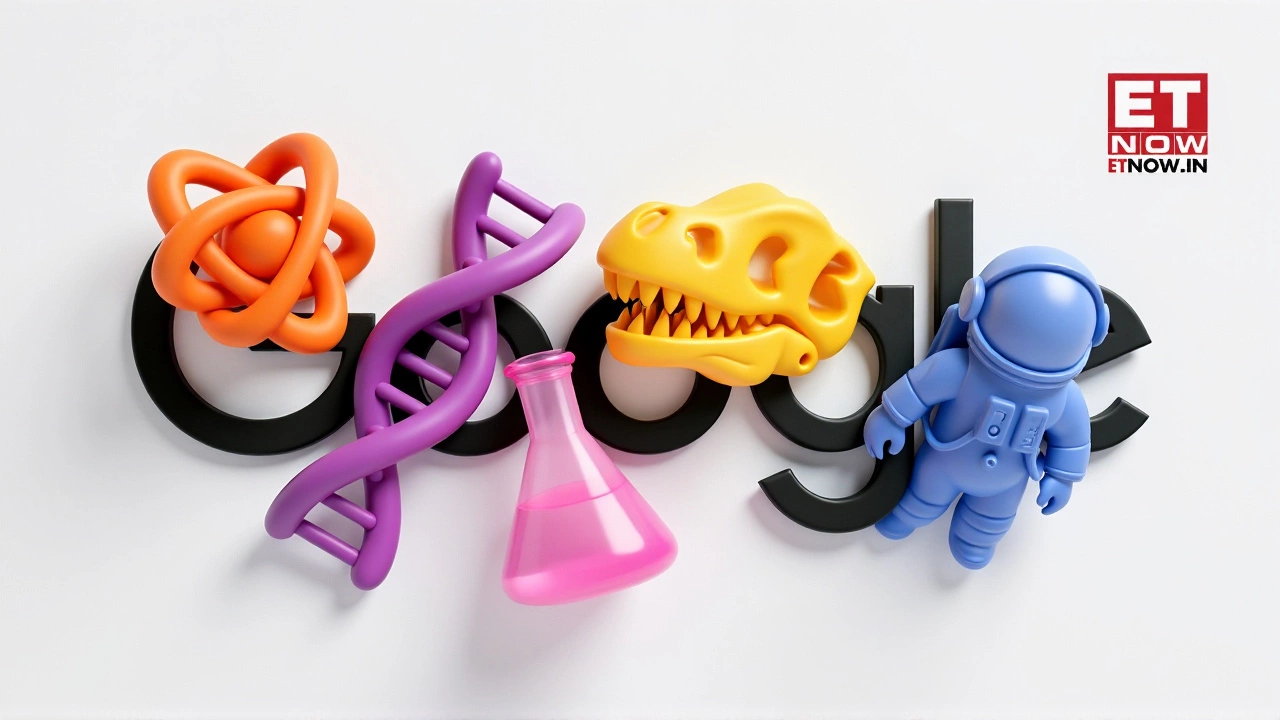
The Clock Is Ticking — And the World Is Falling Behind
The World Economic Forum estimates that, at today’s rate, it will take 133 years to close the global gender gap in economic participation and opportunity alone. That’s why IWD 2025’s rallying cry is "Accelerate Action." The problem isn’t lack of will — it’s lack of speed. Governments sign declarations. Corporations publish diversity reports. But when women still earn 77 cents for every dollar men earn globally — and only 28% of parliamentary seats are held by women — words become empty. Even in India, where female labor force participation has dipped to 24% (down from 31% in 2005), progress is fragile. The Commonwealth Parliamentary Association notes that only 14% of MPs in Commonwealth nations are women — and many face harassment, intimidation, or outright exclusion from decision-making.Her Rights, Our Future, Right Now
Meanwhile, UN Human Rights has chosen the theme "Her Rights, Our Future, Right Now," honoring women like Malala Yousafzai — and countless unnamed activists — who risk everything to demand education, safety, and political voice. Their work has rewritten laws: from India’s 2013 anti-rape legislation to Rwanda’s landmark gender quota in parliament. But the backlash is real. In countries from Poland to Pakistan, gains are being rolled back under nationalist or religious extremism. UN Human Rights is now calling on the private sector to move beyond symbolic hires and mandate real leadership pipelines — with targets, accountability, and consequences. They’re also urging men and boys to step up: "Call out harassment. Challenge sexist jokes. Support your daughters, sisters, and colleagues not with applause, but with action."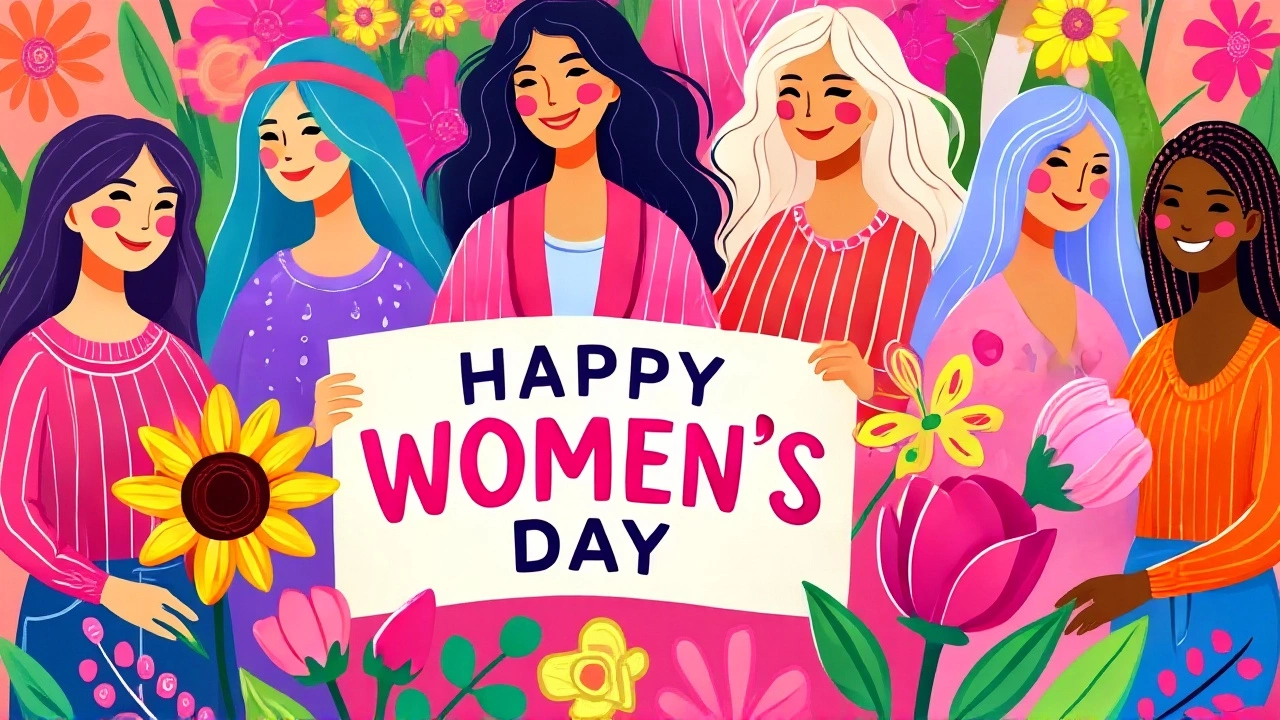
What Comes Next?
The momentum isn’t stopping. In April, the Ministry of Women and Child Development will release India’s first-ever National Gender Equity Index, measuring progress across health, education, safety, and economic opportunity. The World Bank is launching a $500 million fund for women-led startups in South Asia. And young women across India — from engineering campuses in Bangalore to fishing villages in Odisha — are organizing digital campaigns under #AccelerateIndia. The question isn’t whether change is possible. It’s whether we’re willing to move faster than history has allowed. Because if we wait for "perfect conditions," we’ll wait forever.Frequently Asked Questions
Why is gender parity estimated to take until 2158?
The World Economic Forum’s calculations are based on current trends in economic participation, education, health, and political empowerment. Even where progress is steady — like in education — gaps in pay, leadership roles, and unpaid care work persist. Without systemic reforms in corporate governance, parental leave policies, and land ownership rights, the pace remains glacial. At this rate, it will take 133 years just to close the economic gender gap.
How is India’s event different from other IWD celebrations?
Unlike symbolic rallies, India’s "Spotlight on India" event pairs high-level political leadership with actionable policy panels. The inclusion of the President, a World Bank executive, and frontline women entrepreneurs signals a shift from symbolism to systems change. It’s also one of the few national events that ties gender equity directly to financial inclusion and STEM participation — areas where India has both deep challenges and massive potential.
What role is the UNDP playing globally?
The UNDP doesn’t just fund programs — it builds infrastructure. In 2024, it helped 139 million women access financial services by partnering with local banks and mobile platforms. In Bangladesh, it linked 2.3 million women to digital savings accounts. In Mexico, it trained 400,000 women to run for local office. These aren’t one-off projects. They’re scalable systems designed to outlast political cycles.
Why are men and boys being asked to join the movement?
Gender inequality isn’t a "women’s issue" — it’s a social structure that benefits some at the expense of others. Men hold 77% of corporate board seats globally and 85% of political leadership roles. When men challenge workplace harassment, share caregiving duties, or mentor female colleagues, they dismantle the systems that hold everyone back. Real change requires allies — not just advocates.
What’s the connection between women’s leadership and peace?
UN research shows peace agreements are 35% more likely to last 15 years when women are involved in negotiations. In Colombia, women’s groups helped draft provisions for land restitution and sexual violence reparations. In Northern Ireland, female mediators built trust between rival factions. When women lead peace processes, they prioritize community needs — education, healthcare, economic recovery — not just ceasefires.
How can ordinary people support IWD 2025 beyond social media?
Donate to local women-led NGOs, especially those focused on financial literacy or legal aid. Advocate for gender-responsive budgeting in your city council. Mentor a young woman in your field — even one hour a month. Support businesses owned by women. And if you’re in a position of power, ask: "Who’s not at this table?" Then invite them. Real change starts with one intentional act.
